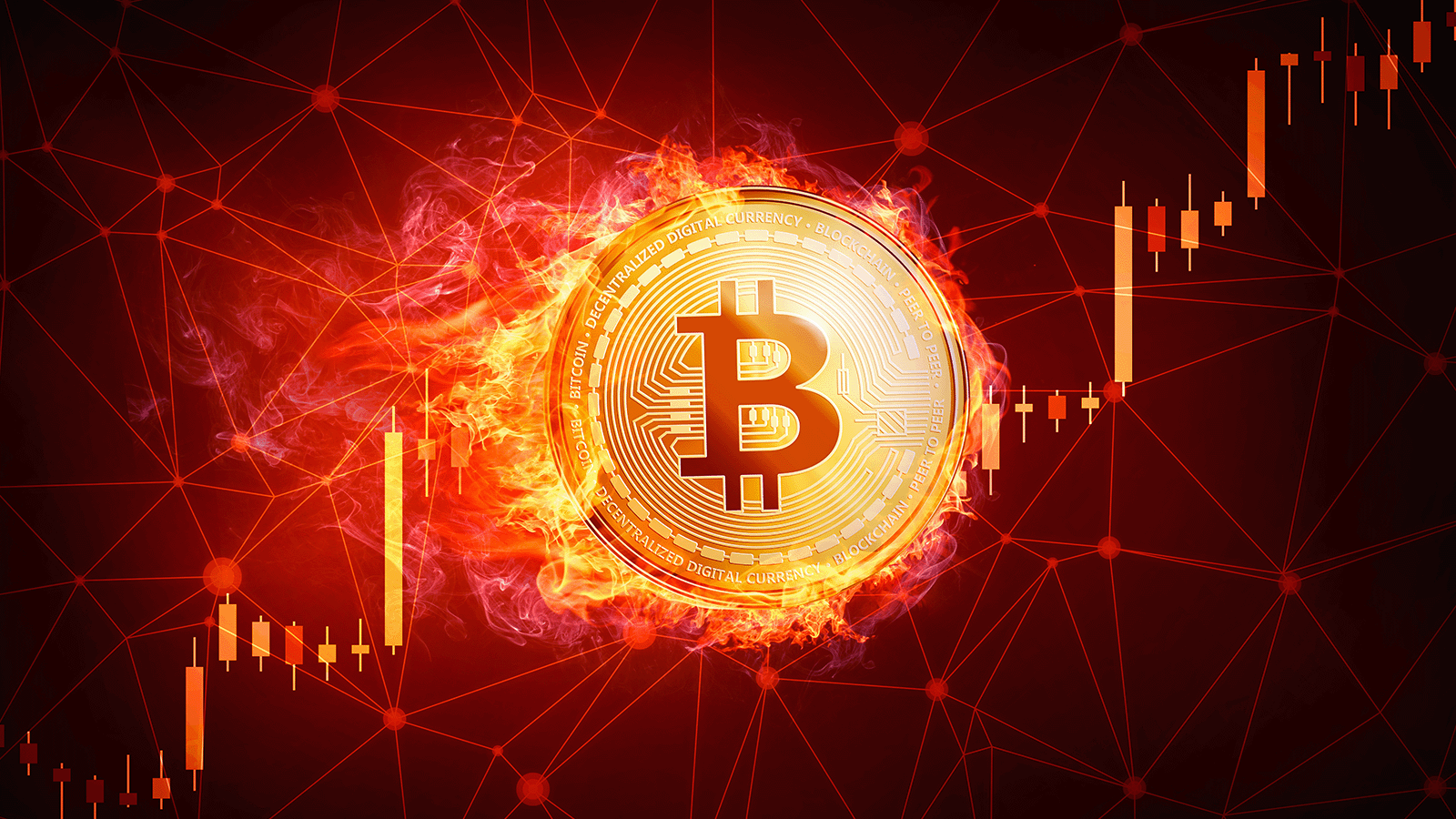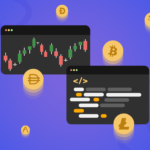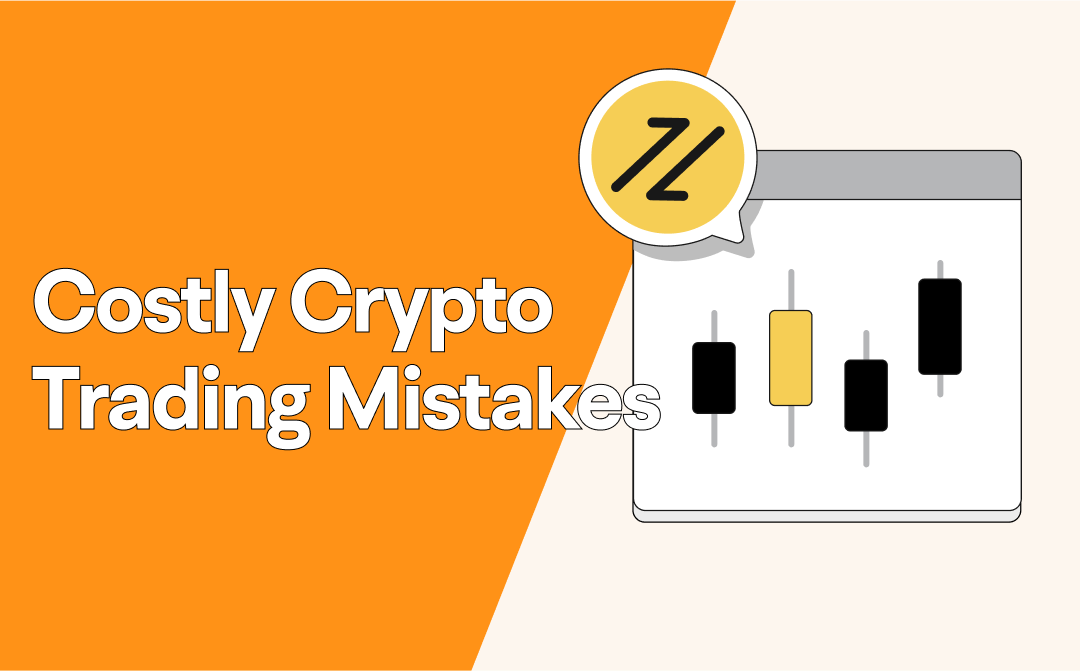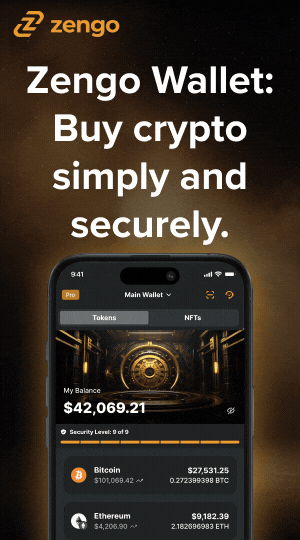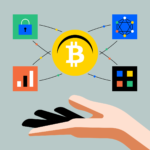Coin burning, also known as token burning, is a process where a certain number of cryptocurrency coins are permanently removed from circulation. This method, increasingly common in the crypto space, is used to reduce the total supply of a coin, making the remaining coins more valuable. For both new and seasoned crypto investors, understanding crypto coin burning is vital, as it directly impacts supply, demand, and potential investment returns.
What Does Burning Coins Mean in Crypto?
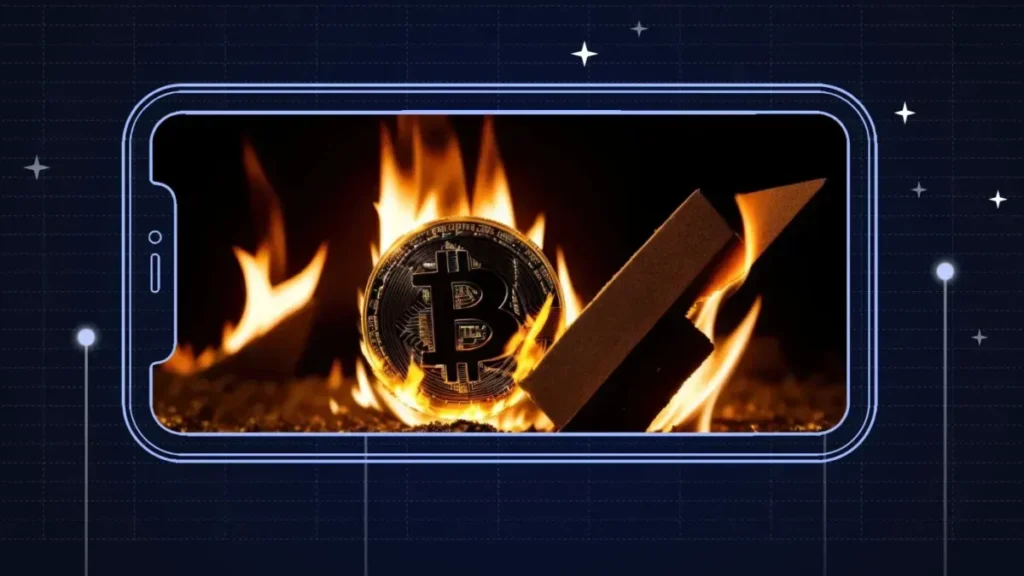
Burning coins in crypto refers to the process of permanently removing a set number of coins from circulation by sending them to an inaccessible wallet, often referred to as a “burn address.” These coins can never be recovered or used again. By decreasing the supply of coins, the process creates scarcity, which can potentially increase the value of the remaining coins. Understanding what is coin burning is crucial for grasping how supply and demand influence cryptocurrency markets.
Why Is Coin Burning Done?
Coin burning is primarily done to control the supply of a cryptocurrency, which in turn can help manage inflation and create scarcity. By reducing the total number of coins, it aims to increase the value of the remaining coins, benefiting investors and long-term holders. Additionally, token burning can be used as a way to reward loyal participants, stabilize the ecosystem, or enhance a project’s market perception. Understanding how does coin burning work reveals why many crypto projects use it as part of their strategy.
Real-World Examples of Coin Burning
Several cryptocurrencies have successfully implemented crypto coin burning to regulate their supply and stabilize their ecosystem. For instance, Binance Coin (BNB) conducts quarterly coin burns, reducing its total supply to increase scarcity. Another example is Ethereum’s EIP-1559, which introduced a burn mechanism as part of its transaction fee structure. Meme coins like Shiba Inu have also incorporated burning events to reduce their supply and increase value. These examples highlight how token burning can play a significant role in crypto economics.
The Economics of Coin Burning
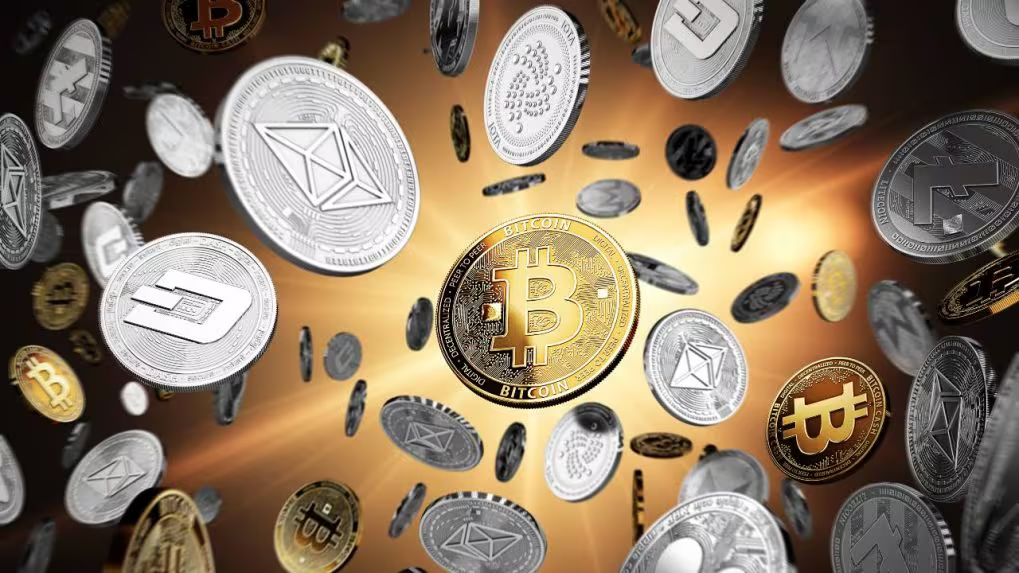
The primary economic principle behind burning coins in crypto is to reduce supply, which can increase demand and potentially drive up the value of the remaining coins. By making tokens scarcer, projects can influence market perception and investor behavior. However, the relationship between coin burning and price dynamics isn’t guaranteed—while some burns lead to significant price hikes, others may have minimal impact, depending on overall market conditions, token utility, and investor confidence.
Types of Crypto Burn Mechanisms
Crypto coin burning can be implemented in various ways, with the most common being manual burns, automated burns, and proof-of-burn mechanisms.
Proof-of-Burn: Miners burn coins as part of the consensus mechanism to create new blocks.
Manual Burning: A project’s team intentionally burns coins to reduce supply.
Automated Burning: Smart contracts automatically burn tokens based on certain conditions, such as transaction fees (e.g., Ethereum’s EIP-1559).
Pros and Cons of Coin Burning
Coin burning offers several benefits, including reducing supply to potentially increase the value of remaining coins and enhancing transparency and trust within the community. It can serve as a strategic tool to reward long-term holders and improve market sentiment.
However, there are downsides as well. Critics argue that coin burning can lead to price manipulation and may not always effectively stabilize or increase prices. If not managed properly, it can create an illusion of scarcity without genuine value generation.
Is Coin Burning a Sustainable Long-Term Strategy?
The sustainability of coin burning as a long-term strategy is a subject of debate. While it can create short-term price boosts by reducing supply, its effectiveness depends on broader market dynamics and the inherent value of the cryptocurrency. If the burn doesn’t align with genuine demand or utility, the price increase may not be sustainable. Long-term success hinges on whether the burning mechanism is part of a larger, well-managed economic strategy rather than a quick fix for market issues.
How to Track Burned Coins
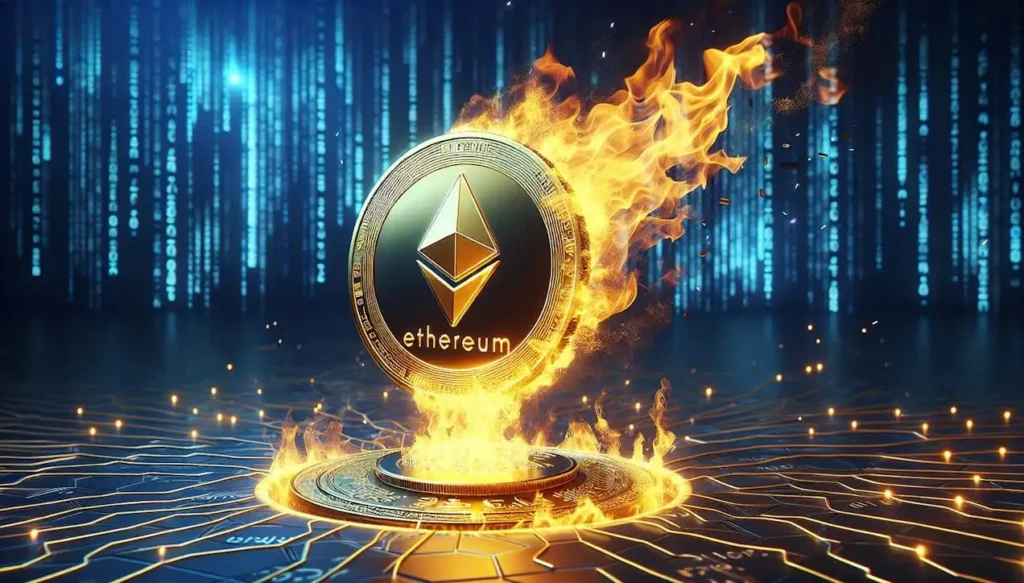
Tracking burned coins can be accomplished using various tools and platforms that monitor blockchain activity. Websites like Etherscan provide detailed transaction histories, allowing users to view burn events and verify token movements. Many projects also publish regular updates or reports on their burning activities, enhancing transparency. By following these resources, investors can stay informed about the impact of burning on their cryptocurrency investments.
Conclusion: Is Coin Burning Good for the Crypto Market?
In conclusion, coin burning can be a double-edged sword for the crypto market. While it can effectively reduce supply and enhance scarcity, potentially increasing the value of remaining coins, its long-term success relies on genuine market demand and the underlying value of the cryptocurrency. Properly managed, it can foster investor confidence and contribute positively to a project’s ecosystem. However, if used solely for manipulation or as a quick fix, it may lead to disillusionment among investors.
This nuanced approach to burning coins is essential for understanding its broader implications in the crypto landscape.


